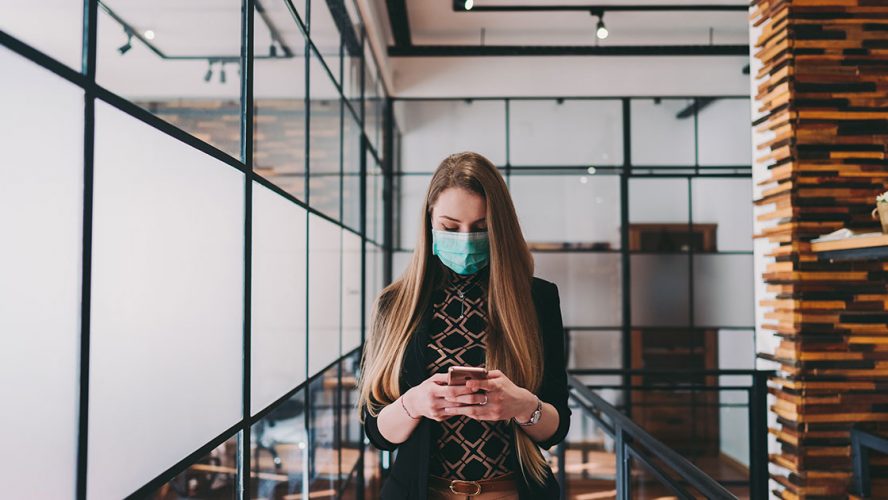It’s more crucial than ever for organizations to provide clean, safe, and healthy environments for those returning to the workplace amid the COVID-19 pandemic.
While many facility managers have increased the frequency of cleaning and disinfecting, meeting heightened expectations of cleanliness and reducing the spread of illness requires a thorough infectious disease outbreak prevention program. Managers need to ensure workplace facilities are following best practices and policies for cleaning and disinfecting in the new normal.
Workplace risk management
To determine where a facility can improve and set specific goals, begin with a risk assessment. Document all hazards and risks for pathogen spread in the facility, including high-traffic areas and high-touch surfaces. Consider the probability and severity of each risk to prioritize which should be addressed first. Then implement procedures to address risks and regularly conduct follow-up assessments.
After this initial assessment, facilities must establish internal standard operating procedures (SOPs) for cleaning, disinfection, and infectious disease prevention. As a baseline, these SOPs should include cleaning program best practices like keeping regular schedules and cleaning visible soil on surfaces before applying disinfectants. Cleaning staff must follow label instructions to ensure products perform as intended against pathogens of concern.
When determining or updating cleaning procedures, review the efficacy of cleaning and disinfecting chemicals. Facilities can reference the U.S. Environmental Protection Agency’s List N of disinfectants that meet the agency’s criteria for eradicating SARS-CoV-2, the virus that causes COVID-19. If the solutions do not have data supporting their use against SARS-CoV-2, consider switching to a disinfectant with these efficacy claims.
Setting up employees for success
While cleaning and disinfecting more frequently, cleaning staff need appropriate personal protective equipment (PPE) to protect against pathogen spread and chemical exposure. Essential PPE includes gloves, face masks, eye protection, and gowns. Eye protection and masks are especially important when using tools like electrostatic sprayers that spray disinfectants onto surfaces in droplet form.
Cleaning and disinfecting are only effective with consistent training. Employees need training on effective chemical use and cleaning procedures, as well as hand hygiene. Staff should frequently wash their hands for 20 seconds with soap and water. Workplaces should also provide hand sanitizer and disinfectant wipes for employees and guests to keep hands and surfaces clean.
Another major concern for employers is the physical and mental well-being of workers. It’s crucial to establish an employee health program that incorporates temperature monitoring, vaccination options, wellness checks, and more that are consistent with guidelines from the U.S. Occupational Safety and Health Administration. Require workers to stay home if they are sick and develop clear policies for reporting exposure to or symptoms of COVID-19.
Instill confidence in office cleanliness
After establishing an outbreak prevention program, how can facilities communicate their efforts to staff, occupants, and visitors? One method is using visible signage. Place signs reminding people of best practices and policies near entrances, elevators, and in bathrooms. In any areas where lines may form, note six-foot distances with floor markers. Communicate any social distancing requirements in office areas, including space between desks and seats in meeting rooms.
To ensure a facility is taking all of these measures and more to promote the health and safety of office occupants and visitors, organizations can consider pursuing formal accreditation through a reputable third party. Opportunities include GBAC STAR™ Facility Accreditation from the Global Biorisk Advisory Council, a division of ISSA, which can count toward points to achieve the WELL Building Standard from the International WELL Building Institute.
Third-party accreditation programs like these provide resources and training guidance to help promote employee safety and prevent the spread of infectious diseases. With this added level of assurance, building occupants can be confident their workplace meets the highest standards for clean facilities.
Patty Olinger is the Executive Director of the Global Biorisk Advisory Council (GBAC), a Division of ISSA. This article originally appeared on futureofbusinessandtech.com.










